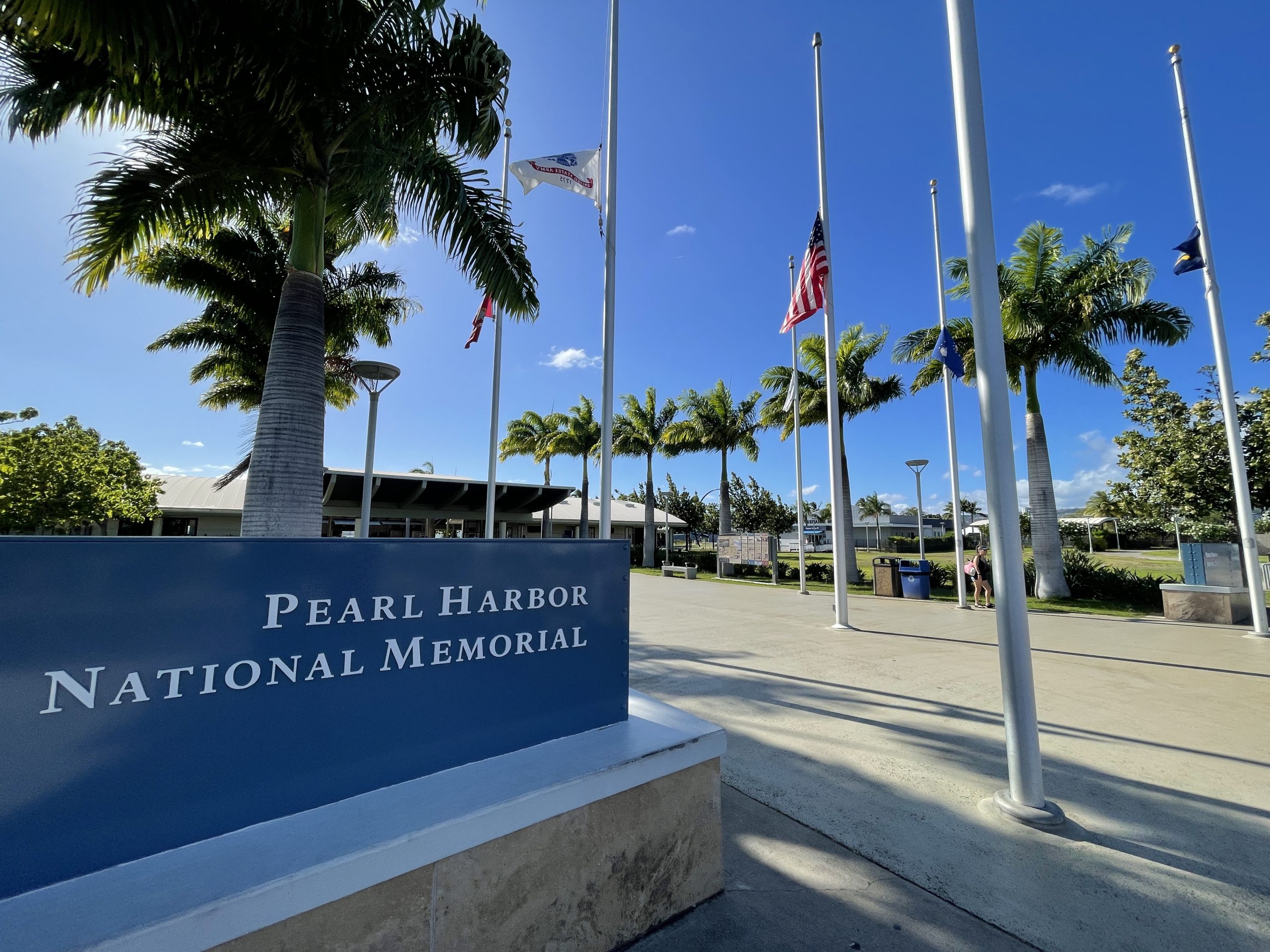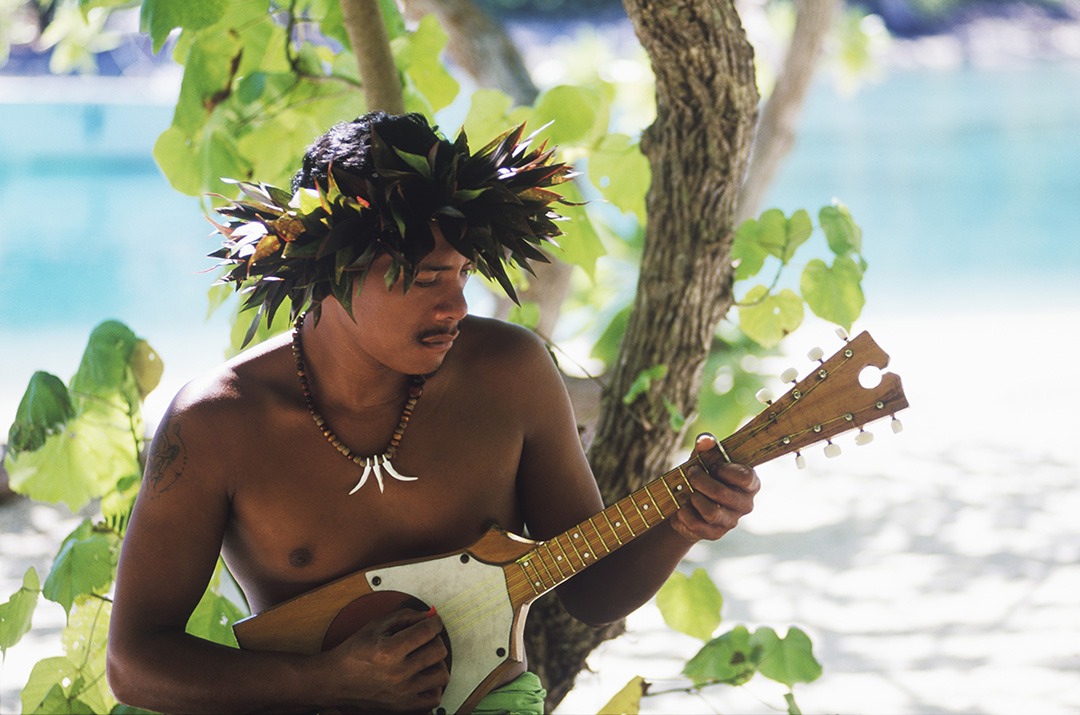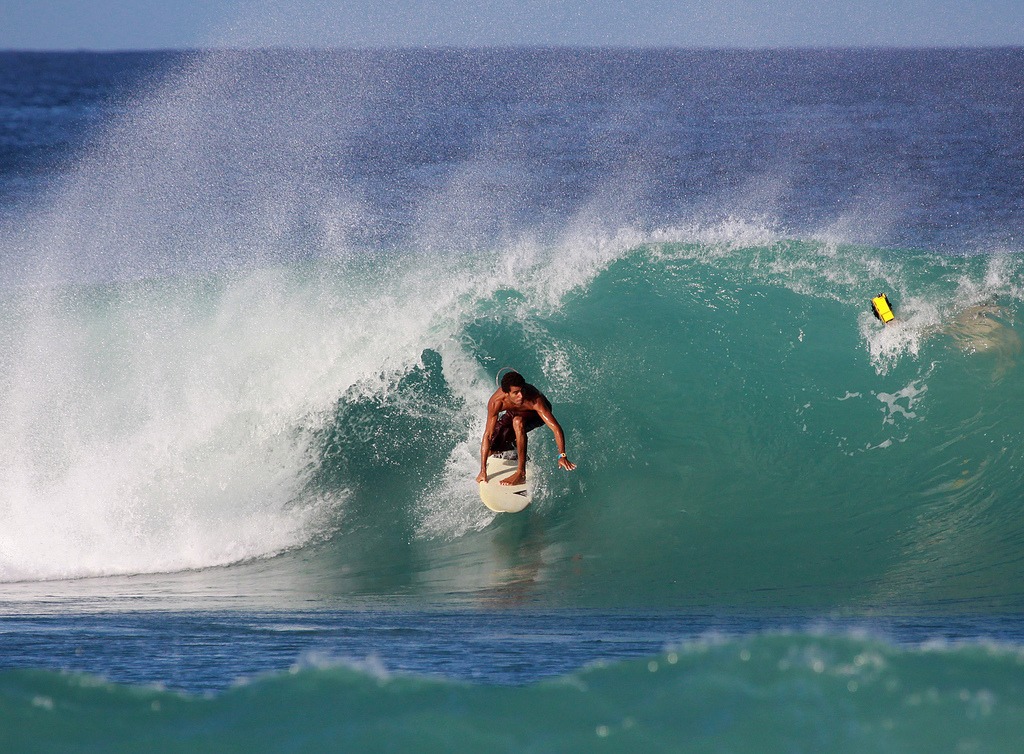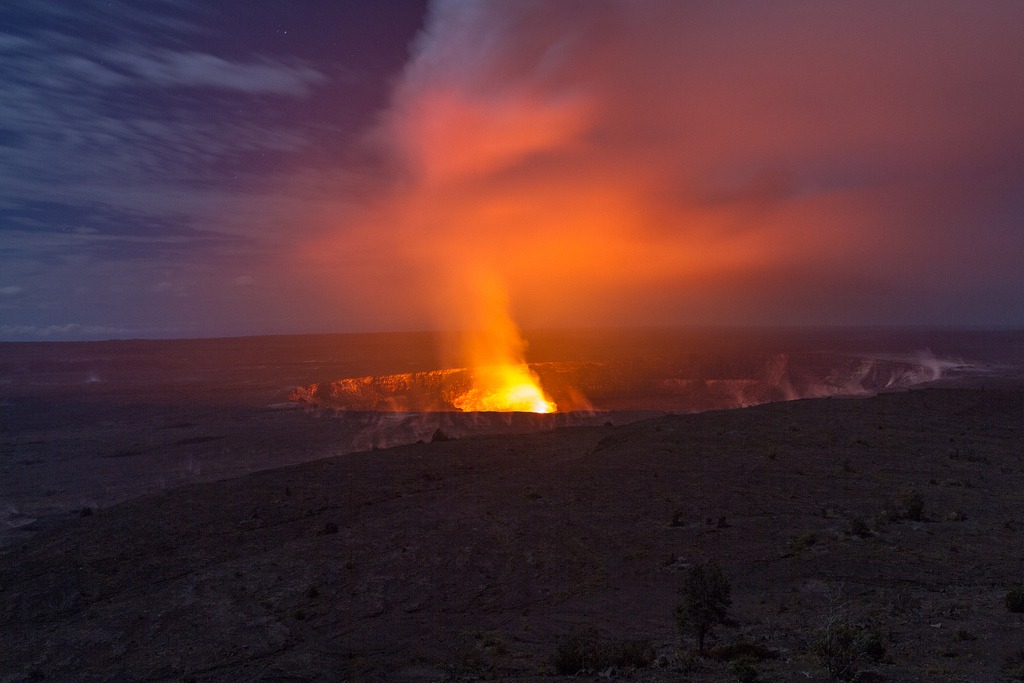
A Visit to Pearl Harbor
The beginning and the end.
That’s what you’ll find along the picturesque stretch of water known as Pearl Harbor in Honolulu, Hawaii – tall palms, warm sun, shimmering wakes and a story of unimaginable horror and selfless heroism. Resting just below the clear waters of this idyllic anchorage sits the burial grounds of nearly 1,000 service members entombed forever in salt and steel. Above the waves, just a few hundred yards away, another ship sways against the dock, a reminder of a victory that came at great cost.
The USS Arizona and USS Missouri are perhaps the most cognized battleships in the United States as the first marked the start of America’s involvement in World War II, and the second played host to a surrender that ended the war for good. It’s a sobering juxtaposition, but an important one for everyone to comprehend.
Those cruising the Hawaiian islands on board Norwegian Cruise Line’s Pride of America, or any visitors to the island of Oahu, have the opportunity to visit these hallowed waters before or after their cruise, and it is most certainly not to be missed. Even those with a loose understanding of the war can appreciate and commiserate while touring the ships which bookended a nauseatingly bloody Pacific theater.
Pearl Harbor’s Battleship Row
Far from the crass, commercial chaos of Waikiki Beach, touring the Pearl Harbor memorials and learning the history of these ships, plus so many more, like the oft forgotten 50 men who went down with the USS Utah, teaches stories of courage and valor in moments darker than the oil that still stains the waters from the Arizona’s rusting framework. Visited by tourists from all over the world, many themselves from the nation of Japan, the experience provides context and understanding about what that day was like for thousands of Americans and 353 Japanese aircrafts, all doing their sworn duty as members of their national service. Operated by the Navy and curated by stoic and knowledgeable tour guides, the two memorials bring to life an event now slowly reaching towards triple digits in age, but which stings just as much today as it did after anniversary number one.
You’ll see the mounted firearms on the main deck of the Missouri that roared into action in the early morning of December 7, 1941, intent on protecting not just the men on board, but also those nestled comfortably in their beds on the mainland thousands of miles away. Peer over the starboard rail at midship and you’ll see the damage from a kamekazi pilot who gave his life for his country. Walk down the steep, narrow bulkhead steps from the deck to the interior and you’ll read about the picture taken by Harold “Buster” Campbell just fractions of a second before that plane turned the deck into a hellscape of twisted metal and scalding flame. Next to that photo, you’ll find a fragment of scarf and a uniform button from the pilot, salvaged from the still mostly-intact cockpit as it smoldered on the deck.
The surrender deck of the Missouri, where General Douglas McArther accepted the unconditional surrender of the nation of Japan years after the attack, doesn’t particularly feel like a win or a moment for unbridled patriotism, but rather you’ll experience the palpable sigh of relief seen in the faces of the sailors looking on at the stroke of a pen that sent many back to their family and friends around the country. With arms crossed over one another, these men watched the leaders of an air force which maimed and murdered their friends, give up and ask God and man alike for forgiveness.
Touring the USS Arizona Memorial
While you can walk aboard the Missouri, the USS Arizona memorial requires more planning as it involves a full shuttle boat and a semi-stern lecture about respect from park rangers prior to bringing each group aboard the memorial. White and resembling a ribcage, the structure is instantly sobering from the first step into its heart. At the far wall from where visitors enter, a list of names of those interred by the sunken battleship is where most gravitate, but take a moment to admire the flag flying above, always at half mast, and bring your eyes down to the wreck below the waves. Brown and corroded from years beneath the ocean’s surface, just a small portion rises above the surf into the bright, Hawaiian sunlight.
The whole experience feels purposefully uncomfortable, you aren’t supposed to have fun here, but it’s also overwhelmingly informative as visitors see firsthand what it was like there on the morning of December 7, 1941. For those visiting Honolulu, the experience is one you shouldn’t miss!
Touring the @USSMissouri with @CruiseNorwegian was an incredible experience everyone sailing from Honolulu should experience before or after their cruise! #ussmissouri #pearlharbor #honolulu #hawaii #travel #cruise pic.twitter.com/8ITKhQ62gi
— Porthole Cruise and Travel Magazine (@PortholeCruise) May 23, 2022
You may also like
Pride of America’s Aloha Spirit
Island Inspired Catch the Aloha spirit aboard Pride of America. By Jason Leppert From a heart-poundi
TRAVEL TIPS: Try Something New in Barbados
Surfing is an all encompassing workout, which exercises both mind and body. Even an initial surf les
Spice Up Your Hawaiian Vacation With an Erupting Volcano (VIDEO)
Kilauea Volcano, the most active on Hawaii’s big island, erupted Thursday, prompting a mandatory e









